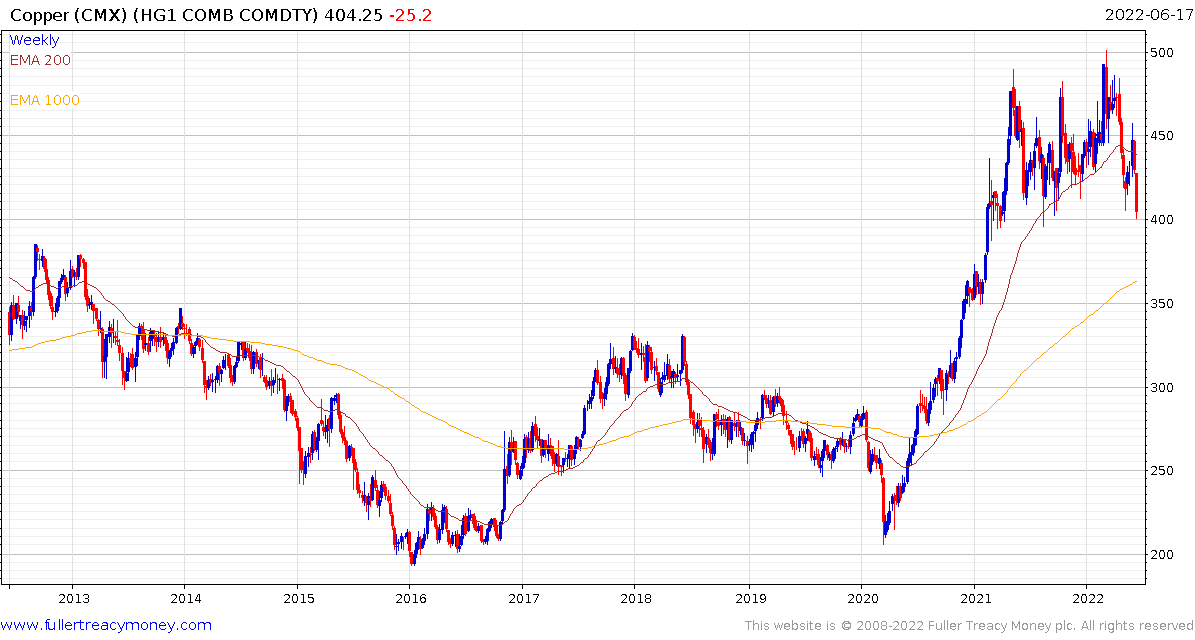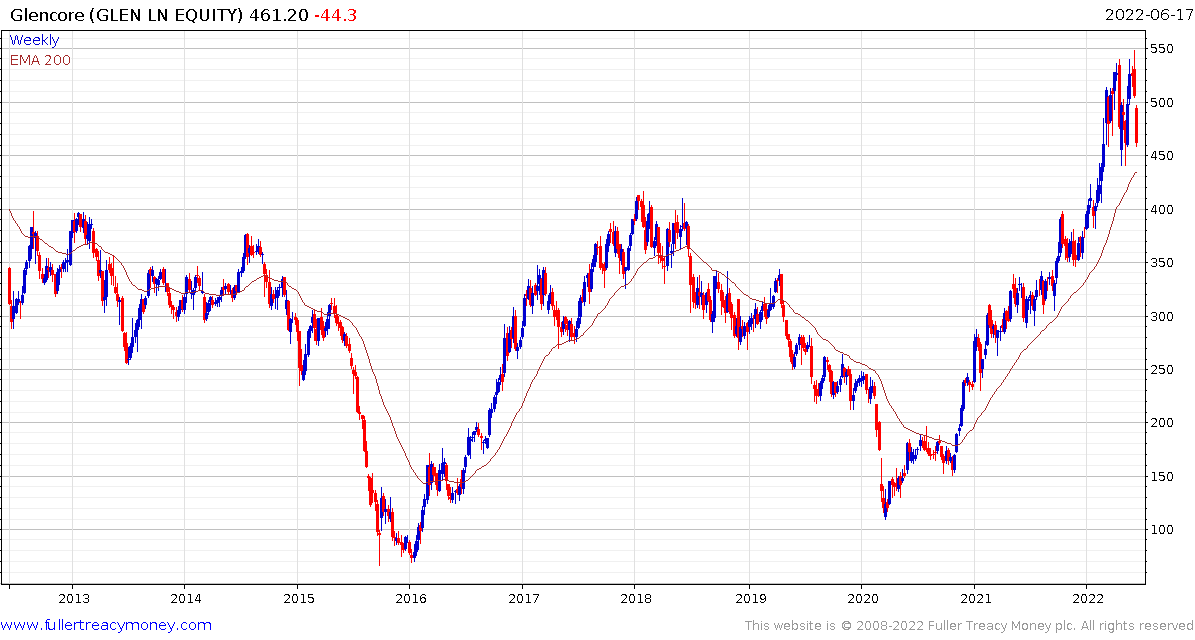Biden Takes Swing at Inflation, Signs Law to Cut Shipping Rates
This article for Bloomberg may be of interest to subscribers. Here is a section:
“One of the factors affecting prices is this: nine major shipping companies consolidated into three alliances controlling the vast majority, mostly shipping in the world,” Biden said.
“And each of these nine is foreign-owned. During the pandemic, these carriers increased their prices by as much as 1,000%.”Attempts to “demonize ocean carriers” are not only inaccurate but dangerous because they undermine the ability to understand the root of US supply-chain problems, the World Shipping Council said in a statement.
“As long as America’s ports, rail yards and warehouses remain overloaded and unable to cope with the increased trade levels, vessels will remain stuck outside ports to the detriment of importers as well as exporters,” the WSC said. “Ocean carriers continue to move record volumes of cargo for our country and have invested heavily in new capacity – America needs to make the same commitment and invest in its land-side logistics infrastructure.”
Price controls are a lot easier to impose when the targets are overseas companies. The challenge is that insisting ships need to leave with full cargoes ignores the reality of a trade imbalance. China does not import the same quantity of goods from the USA that it exports. It’s impossible to send every ship back full, at a minimum loading empty containers is time consuming and additional layers of compliance raise costs and slow down turn around. Of course, there is also the possibility these measures could shift supply of ships away from the USA if the burden of regulation becomes too onerous.
The bigger issue is shippers believe US warehouses are full. When the Federal Reserve talks about hitting demand, this is what they are talking about. Target is at the beginning of an inventory liquidation cycle.
Many companies bought too much inventory because they were worried about running out and because it was difficult to ensure supply in the first place. As energy and food prices eat into disposable income and higher mortgage costs depress appetite for homes, demand will slow. Container shippers like Textainer and Costamare are breaking lower suggests the boom in consumer demand growth is over.
.png) Brent Crude oil pulled back in a dynamic manner today suggesting traders are beginning to take the demand destruction argument seriously.
Brent Crude oil pulled back in a dynamic manner today suggesting traders are beginning to take the demand destruction argument seriously.
.png)
Exxon Mobil posted its largest downward dynamic in years this week to confirm a peak of at least near-term significance.
 Copper has emerging Type-2 top formation with righthand extension characteristics. The $4 area is clear psychological and needs to hold if support building is to be given the benefit of the doubt. The bullish argument about electrifying the global economy is heavily dependent on access to copper and not enough is mined to satiate potential retooling. Therefore, if copper breaks low it would be a clear signal that global demand is faltering.
Copper has emerging Type-2 top formation with righthand extension characteristics. The $4 area is clear psychological and needs to hold if support building is to be given the benefit of the doubt. The bullish argument about electrifying the global economy is heavily dependent on access to copper and not enough is mined to satiate potential retooling. Therefore, if copper breaks low it would be a clear signal that global demand is faltering.

Cyclically, the commodity complex rallies powerfully into the end of bull market because liquidity is tightening but demand is still robust. Eventually demand rolls over and investments in new supply result in companies selling more into a falling market. When miners and oil companies roll over, particularly on record profits that’s very late-stage activity.
Glencore reported more trading profits in the first half than they were expecting for the whole year. The share posted a downside weekly key reversal last week and followed through on the downside this week. A break below the 200-day MA would break the recovery trend.
My concern is there is clear consensus that a recession is priced in for 2023. I’ve been in that camp since the initial inversion of the year curve in March. However, growth was negative in the first quarter and, in the meantime, inflationary pressures have ramped higher. The degree of demand destruction that has already taken place may be underestimated by investors.
Back to top

